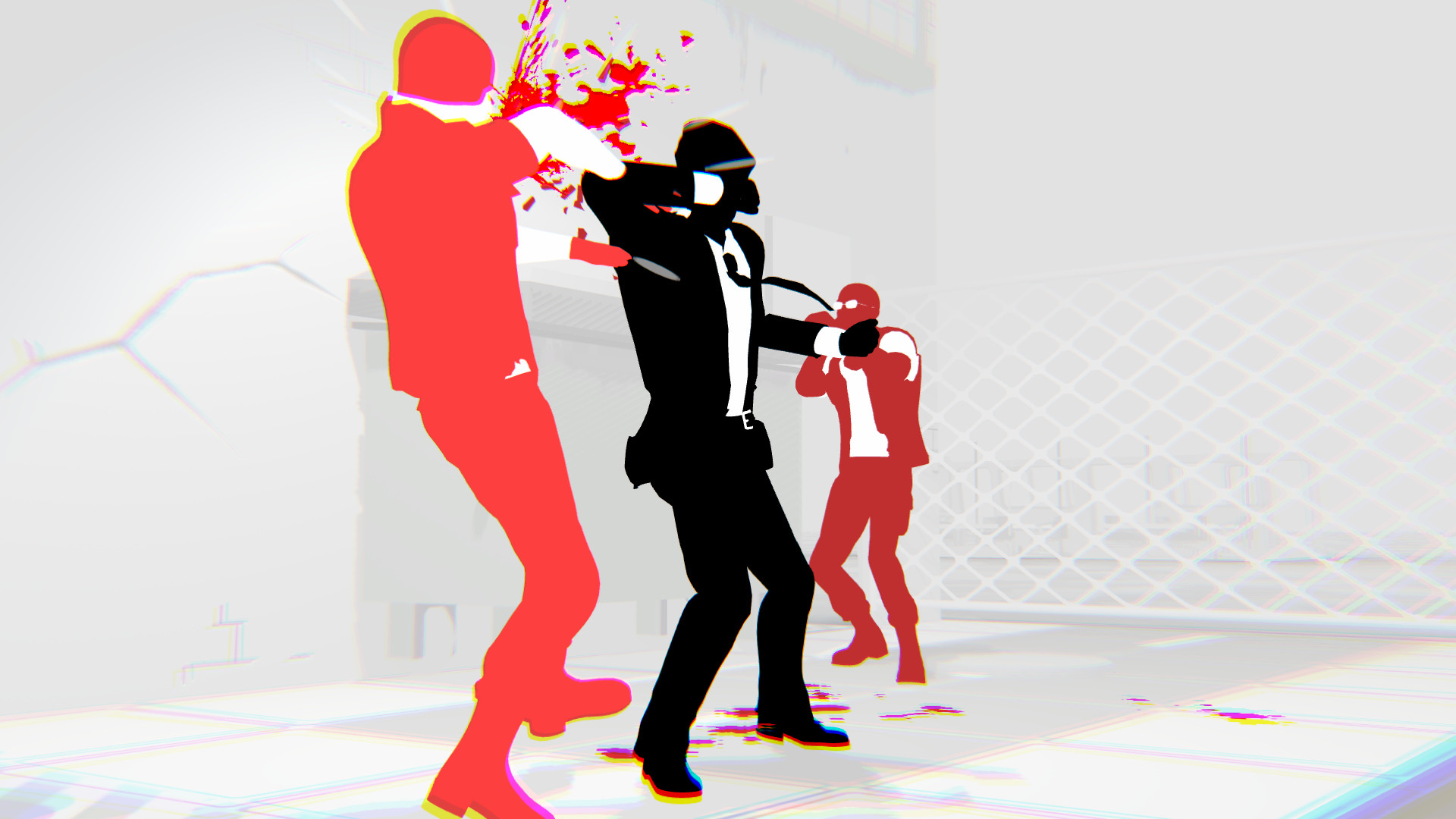Casting your mind back to the COVID-19 lockdown days of December 2021, our very own Sean Davies had the following to say about Fights In Tight Spaces:
“A fantastic blend of turn based strategy, deck builder and roguelike games, Fights In Tight Spaces belongs among the best these genres has to offer. With a minimalistic art style that underpins a vast tactical depth, FITS is accessible, deeply engrossing and is one of the most slickly designed games I’ve played in 2021”
Having spent the past week losing hours of sleep to perfecting my counter chains, bleed-inflicting combos and flying dragon kick manoeuvres, I’m hard-pressed to disagree. You can read Sean’s thoroughly in-depth review here, where he dives into the minutiae of this superb tactical game, should you wish to.
This review will be focused on the port over to PlayStation consoles and how well Fights In Tight Spaces holds up nearly 2 years on from its original release. Oh, and I’ll be gushing over its supremely designed, thoroughly intoxicating gameplay that had me pretending I was Neo more than once. Brace yourself.
Paradeck Shift
The suave and chiseled body of Fights In Tight Spaces remains thoroughly unchanged and just as scrupulous as it was in its PC and Xbox iterations. You are Agent 11, a no-nonsense dealer of all things knuckle sandwiches, kung-fu kicks and CGI Expendables agility.
As a roguelike, turn-based, deck-builder, you’ll be bruising and battling your way through 5 distinct groups to save the world, or something. The details aren’t important, your ability to wipe the floor with every goon coming at you in a style only The Raid would be proud of, is.
Each campaign has you selecting from 1 up to 3 routes at a time. Mission variety is boiled down to Fight and Protect. See? No nonsense. Along the way, you can strategise whether you want to hit the Gyms to upgrade cards, Medicals for health regeneration and boosts, or random events where RNG will almost always ruin your day.
You know that scene in Crank 2 where Chelios falls out of the sky, smashing into a van at the speed of a meteor and then is unceremoniously scooped up into a van to have his heart removed? Yeah, the opening scene, that one. The state of the van post-smash is how these events feel if you partake in them.
Luckily, you can choose to not engage and use it as a free hit to get to the end boss level. Unluckily, I’m too stubborn to do that, so unnecessary punishment for me, it always was. Jokes aside, the random nature of the routes, enemy numbers/types and what RNG events you’ll come across keeps each campaign fresh and engaging, even when you’re getting ransacked.
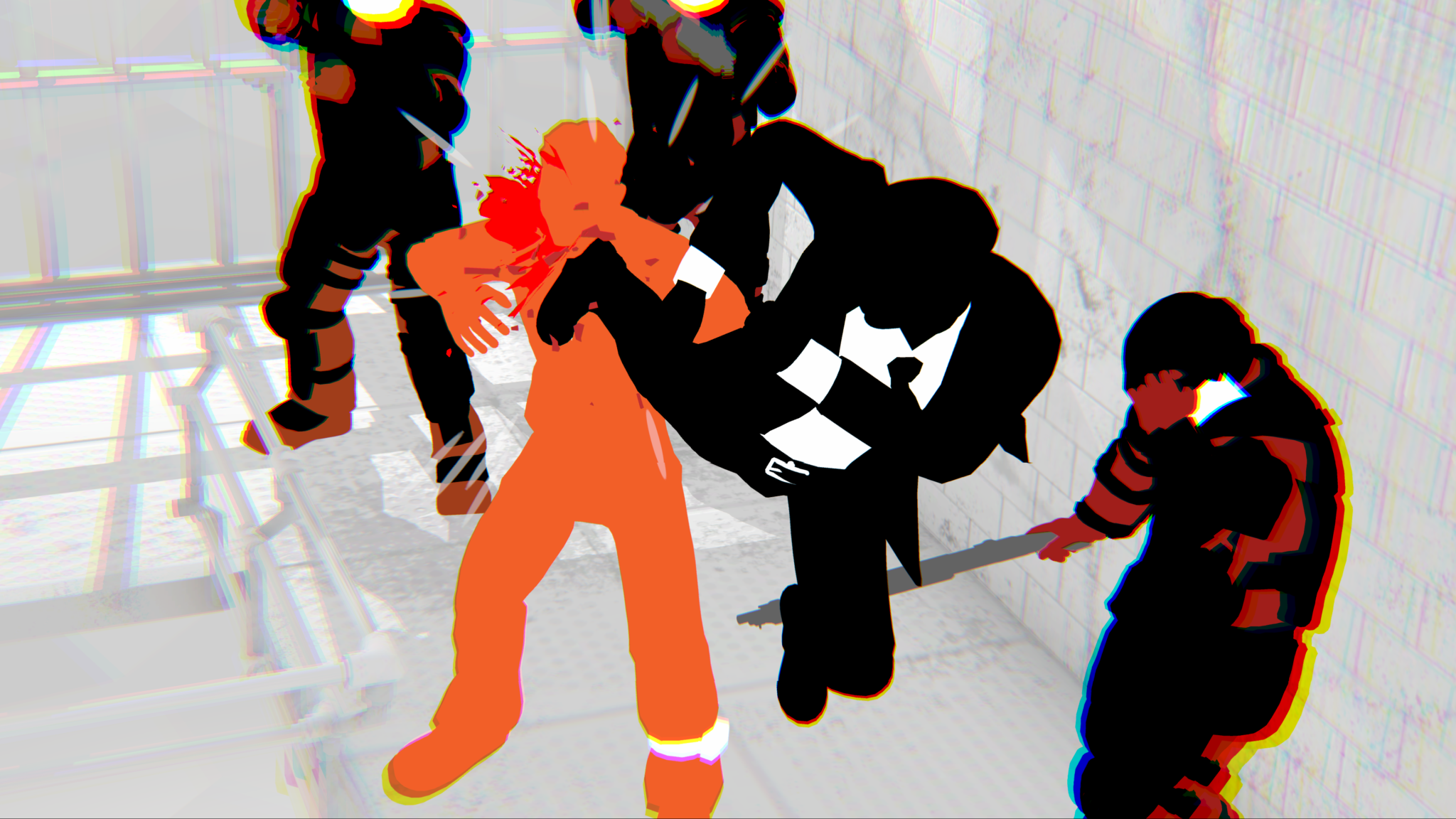
Claustrophobic Brawler
Picking your chosen battleground of hand-to-hand combat, your selected agent will drop into an enclosed, grid-like level. Enemies will descend along with you, with reinforcements primed to arrive as turns go on. The compositions and unit types will vary every run depending on your previous successes and failures, as well as general RNG each time.
Upon starting a campaign, there are up to 6 decks you can choose from (unlocked via levels and XP), each with a different focus. You’ll be handed an initial set of cards and then it’s stylish melee-combat hell let loose. Depending on the difficulty option you select, either you or the enemies will move first. On most settings, enemies will move first and prime their assaults, giving you the opportunity to get creative or be mercilessly slaughtered through no fault of anyone but yourself.
Much like in Sean’s review, the moments that stood out were less the times of planned success, but the colossal, embarrassing failures and hilarious, jaw-dropping unintended victories. Using the Slasher deck on my (finally) successful 3rd run, I faced down 4 enemies, all primed to rip my action-hero hubris apart. With a desperate throw of the cards, I shifted across one, triggering an aggressive enemy to follow.
The fool, he wondered into line-of-sight of a gunman. Triggered automatically, he takes a blow, which makes him – as a counter enemy – lash out and hit two others. They also were counter enemies. What ensued was a chain reaction that Max Bodenstein wishes he’d had the pleasure of discovering. In one fell movement, 4 foes dished out as much damage as a bullet hitting a frozen T-1000. All to each other. All of them fell.
I laughed. At the start of the turn, I had next to nothing to work with. No rollbacks, barely any health. It was a glorious, unplanned Hail Mary that has been the primary reason I can’t stop playing this game. That right there is the magic of Fights In Tight Spaces.
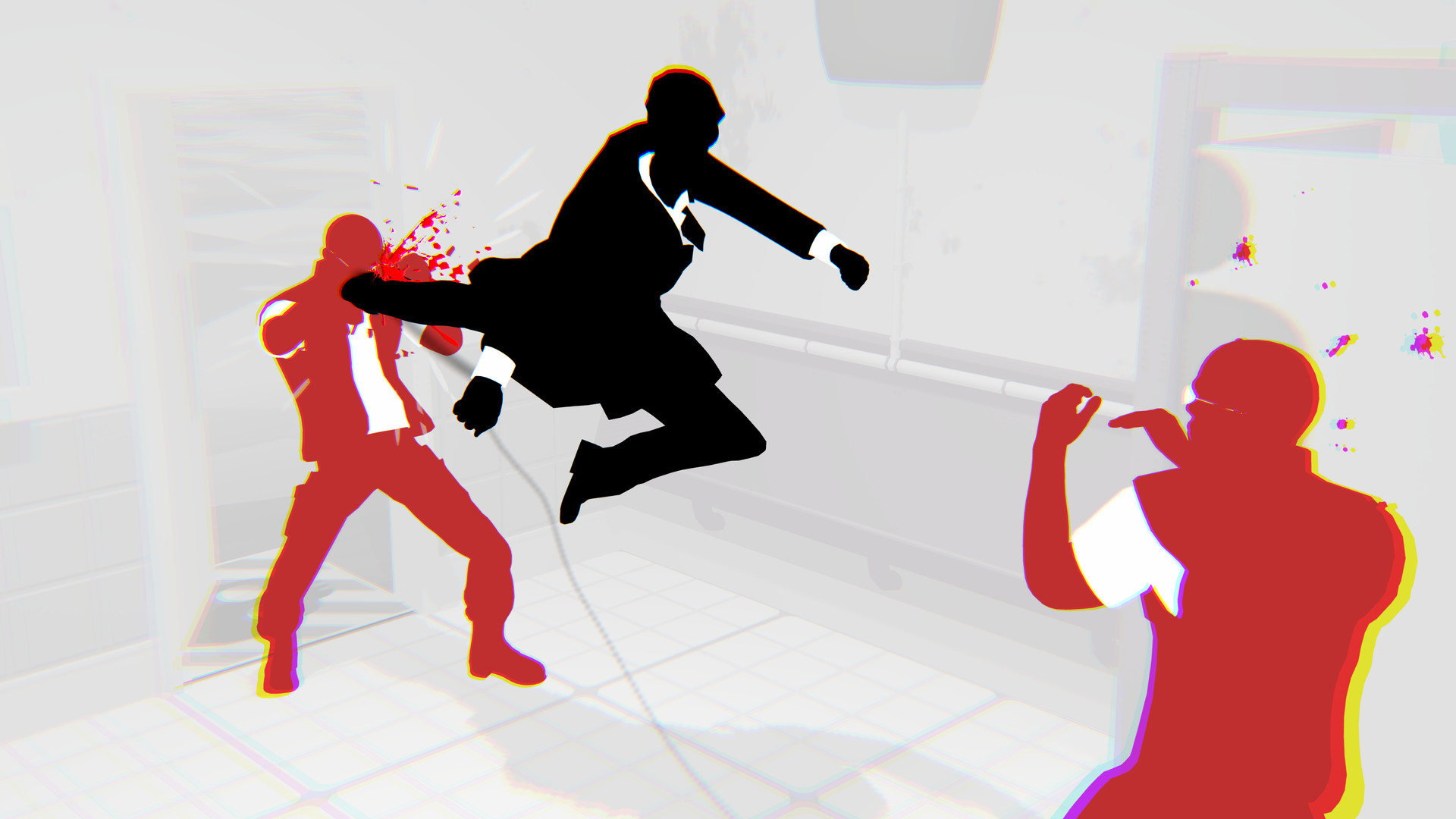
Shimmies and Shuffles
Cards will all have different characteristics. Split into movement, attack, defence and “agent” varieties, they’ll require momentum and combo tokens to utilise. You may have the best hand available in one turn, but it’s worthless if it’s right at the start and you have no combo to use your most powerful move. Again, the RNG nature of the card shuffles can equally spurn or bless you, creating a constant uncertainty that thrives in activating your creative problem-solving.
Abandoning a run (which you will have to do, trust me…) earns you XP which then unlocks new varieties of cards and decks, deepening your tactical options for the next turn. As you progress each run, you can acquire, purchase and upgrade cards. You can, alternatively, discard unhelpful cards and streamline your potential hands. Having an abundance of cards sounds great, until you end up with a hand of fodder. You’ll be skipping those faster than John Wick drops magazines.
Many games claim to allow you to “play your way”, but Fights In Tight Spaces genuinely encapsulates this feeling in a far superior way. I had the most gleeful, sadistic grin on my face with my Slasher deck, cackling as I set up 40+ damage in bleed and counters, begging the enemies to deliver their hits. However, give me the Gripper deck and I fall apart, barely able to make it past the first encounter.
Enemy variety and diversity also kept things surprisingly intense over multiple runs. From tanks that block and deal damage, to ninjas that’ll shred your health with counters and AoE gangsters with shotguns, there’s an abundance of modifiers, symbols and traits you’ll need to be tracking. The incredible thing is, it doesn’t actually seem that complicated.
If anything, my own impatience or arrogance meant I would use cards or abilities in tragically bad judgement. Not realising that enemy can shoot immediately if I shift into their sight, forgetting that big dude can launch me off that balcony if I swap with that other goon. The level of tactical depth punishes you not by overburdening you with knowledge, rather through making sure you’re actually paying attention.
It’s wonderfully addictive and every time I screwed up an engagement, I’d give myself a good slap on the knee for my own stupidity, before promptly reloading and going again. Thankfully, Fights In Tight Spaces allows you to restart single battles at will and rollbacks give you the option to reset turns a set amount of times. It’s a roguelike, but a little bit more forgiving. Which, thank Van Damme’s biceps, is a blessing given how ridiculously hard the final 4 levels are.
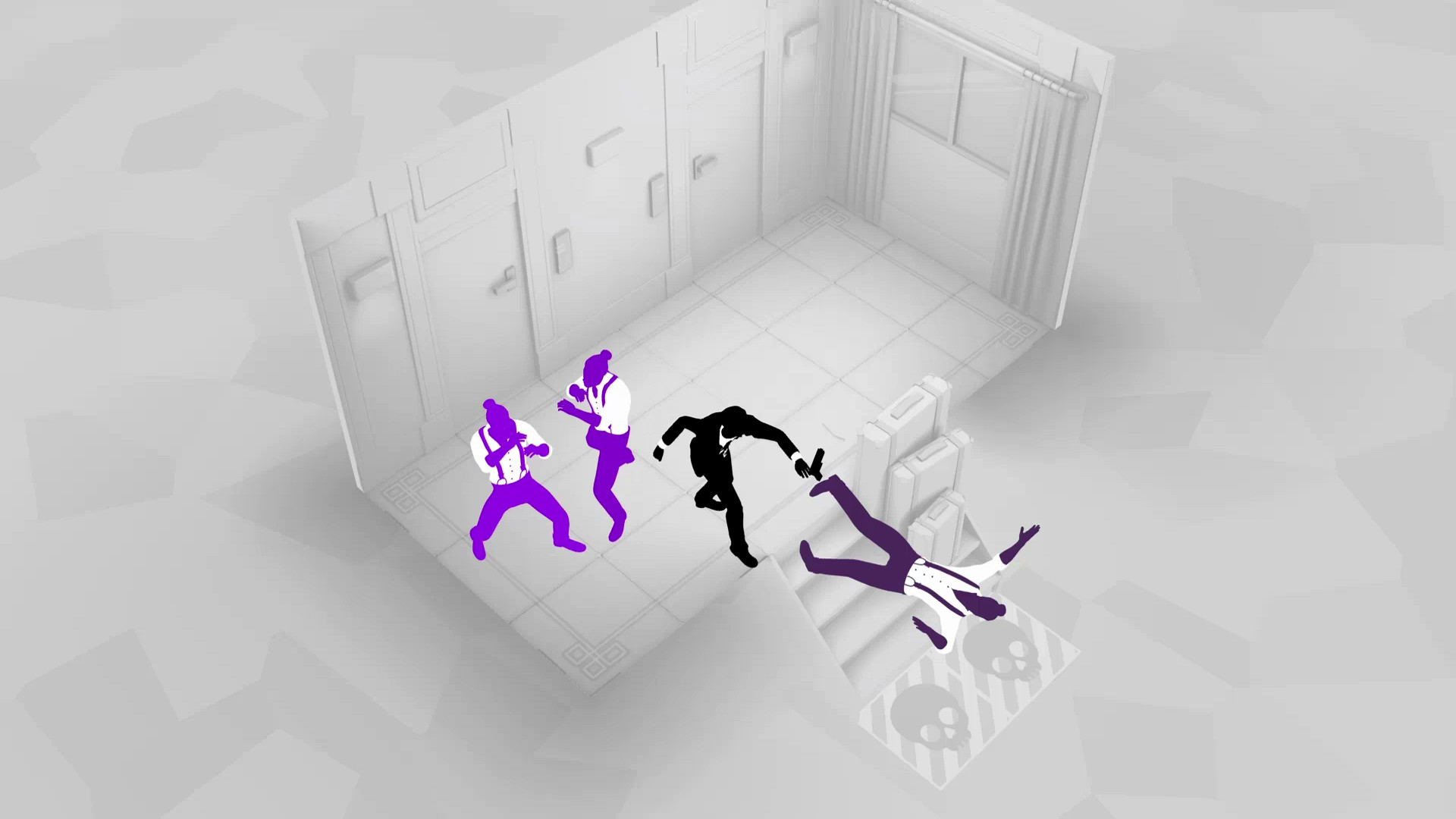
Haymakers To Port
In terms of presentation, gameplay, performance and style, Fights In Tight Spaces is largely ported in all of its stylised glory. Animation work is fantastic and seeing the various moves ripped straight from movies and iconic scenes was a delight (thanks to Sean for giving me a heads up on that!).
I had a slight gripe in the way that interacting with menus can be frustrating in a couple of ways. One is interacting with the upgrade menu, where it for whatever reason decides to move into your deck viewer instead of just scrolling to the next card to upgrade, it’s an annoying oddity. The other is when you select a card and deselect it, if you then reselect it, it’ll automatically trigger it on the location it was previously hovering on.
At least half a dozen times this weird glitch caused me to wander into a terribly precarious situation, either making me waste a rollback or in one tragic scenario, get thwacked with a baton right at the end of a gruelling level. It’s a strange oversight, one which I hope can actually be patched, as it’s easy to miss or forget about in the heat of a tense strategic battle.
Other than that, I really dig the minimalist style, the almost cartoony approach to enemy designs and the techno bangers that permeate each fight’s background music. Fights In Tight Spaces is The Raid’s ability to confound with awesome moves, James Bond’s suave sense of style and John Wick’s knack for strategising in the most chaotic of scenarios.
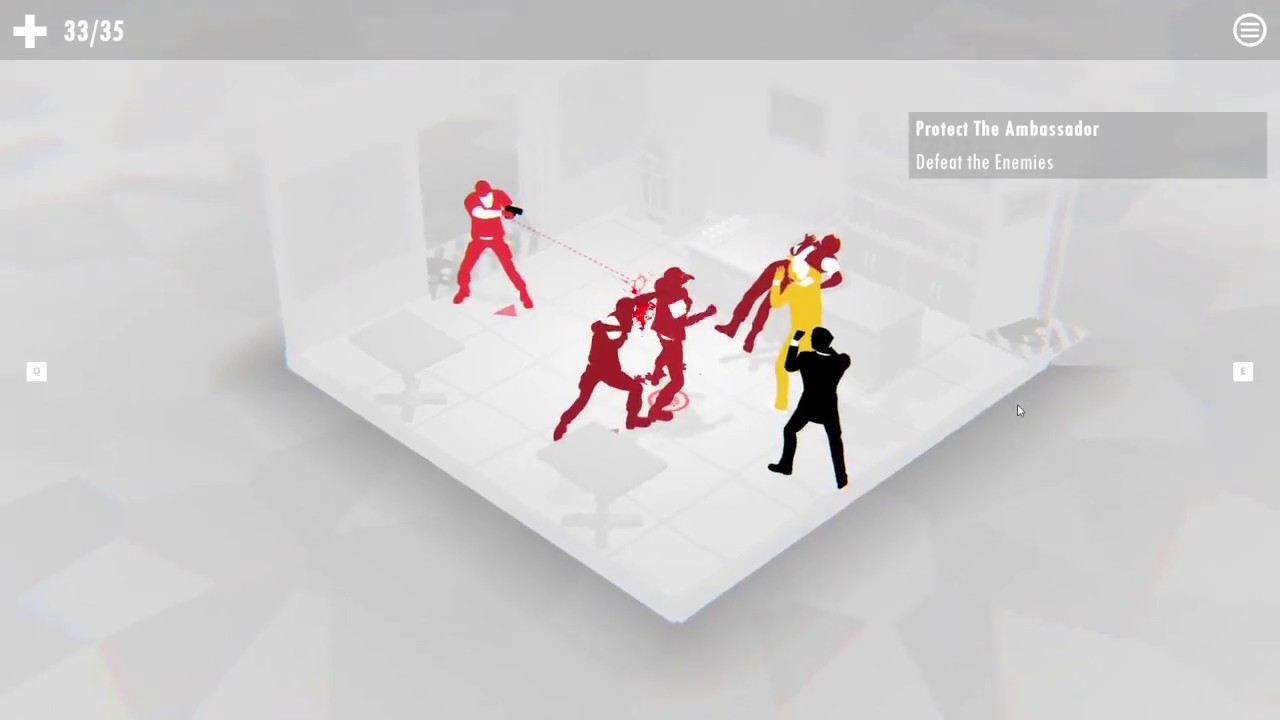
Talk To The Hand
Needless to say, I’m very, very pleased Fights In Tight Spaces ended up being ported to PlayStation. By the time of writing this review, I felt well-versed enough in its mechanics to go to war with Chuck Norris himself. I would lose, as I did on my next run using an Aggressive deck only to come unstuck at the final hurdle.
But that’s the brutal beauty of this game. It builds you up, makes you feel indestructible and a powerhouse of martial arts in one level, only to curb-stomp your fragile body after relentlessly gutting your limbs and your confidence. It nails that addictive desire for “one more run, one more fight” by enticing you in and beating the ever-loving crap out of you.
Just like Iko Uwais however, you’ll be coming back for more bust ups and off-the-wall-jump-punches, no matter the broken state of your body and sanity. What a game.
Landing on the PlayStation at long last, Fights In Tight Spaces retains its first-in-class deck-building, roguelike gameplay and a stellar addictive quality. If you’re even a passing fan of martial arts or action movies, you owe it to yourself to jump in and release your inner roundhouse kicks. A game of the year contender in 2021 that stands right up there in 2023.

Fights In Tight Spaces is available on May 25th for PlayStation 4/5 (review platform) and Nintendo Switch, it it is available now on Xbox Series S|X, Xbox One, Nintendo Switch and PC.
Developer: Ground Shatter
Publisher: Mode 7
Disclaimer: In order to complete this review, we were provided with a promotional copy of the game. For our full review policy, please go here.
If you enjoyed this article or any more of our content, please consider our Patreon.
Make sure to follow Finger Guns on our social channels –Twitter, Facebook, Twitch, Spotify or Apple Podcasts – to keep up to date on our news, reviews and features.
